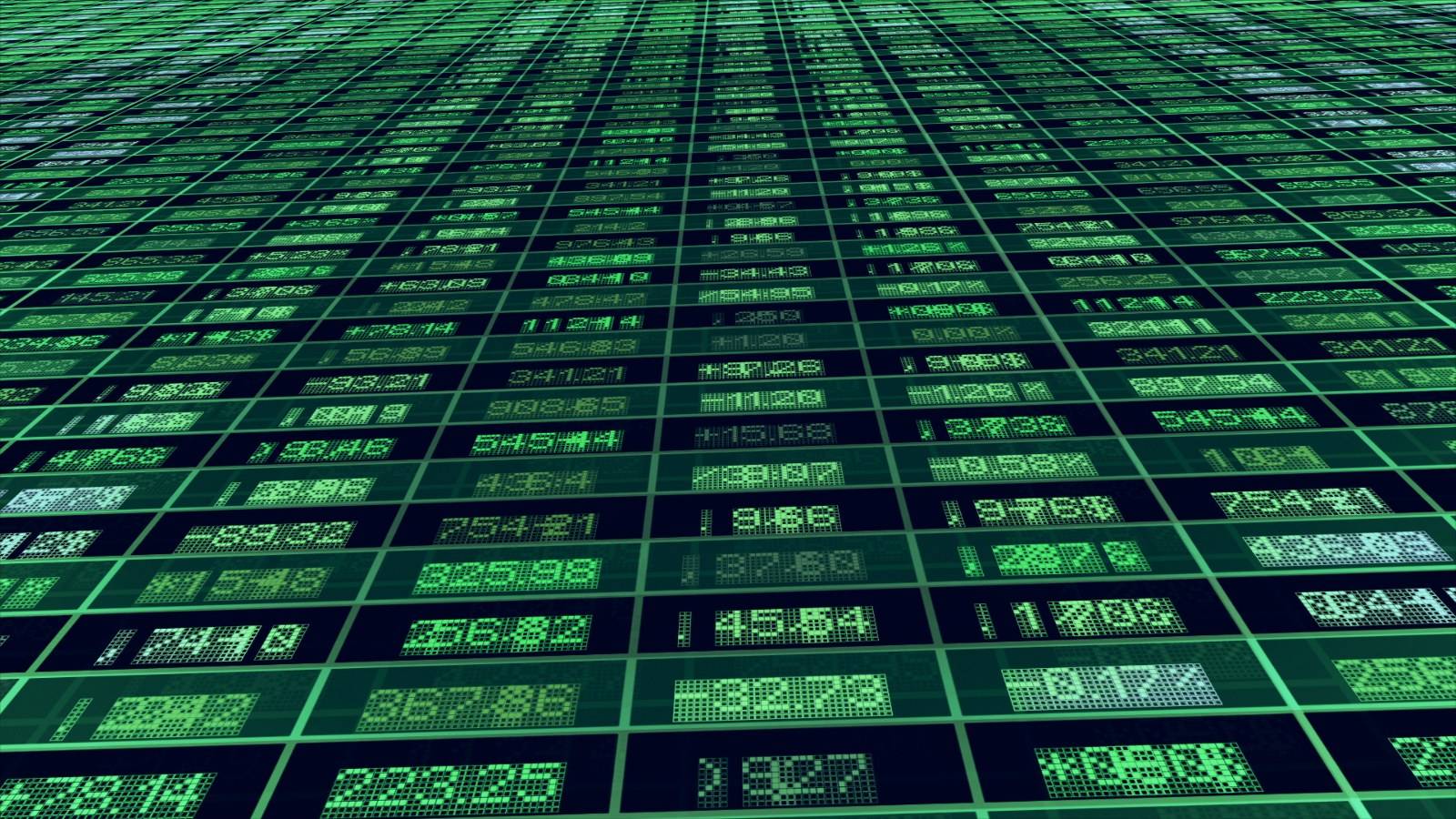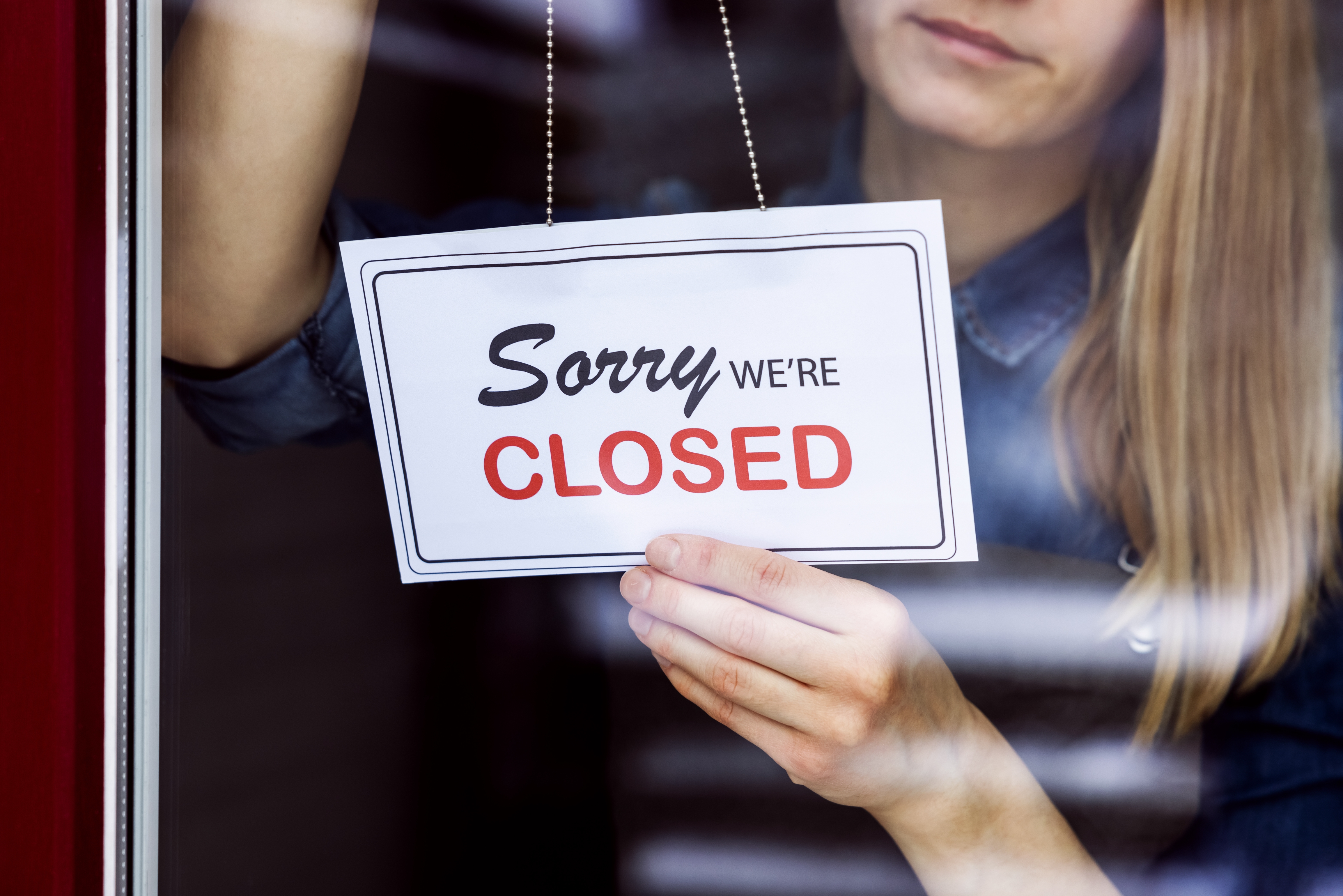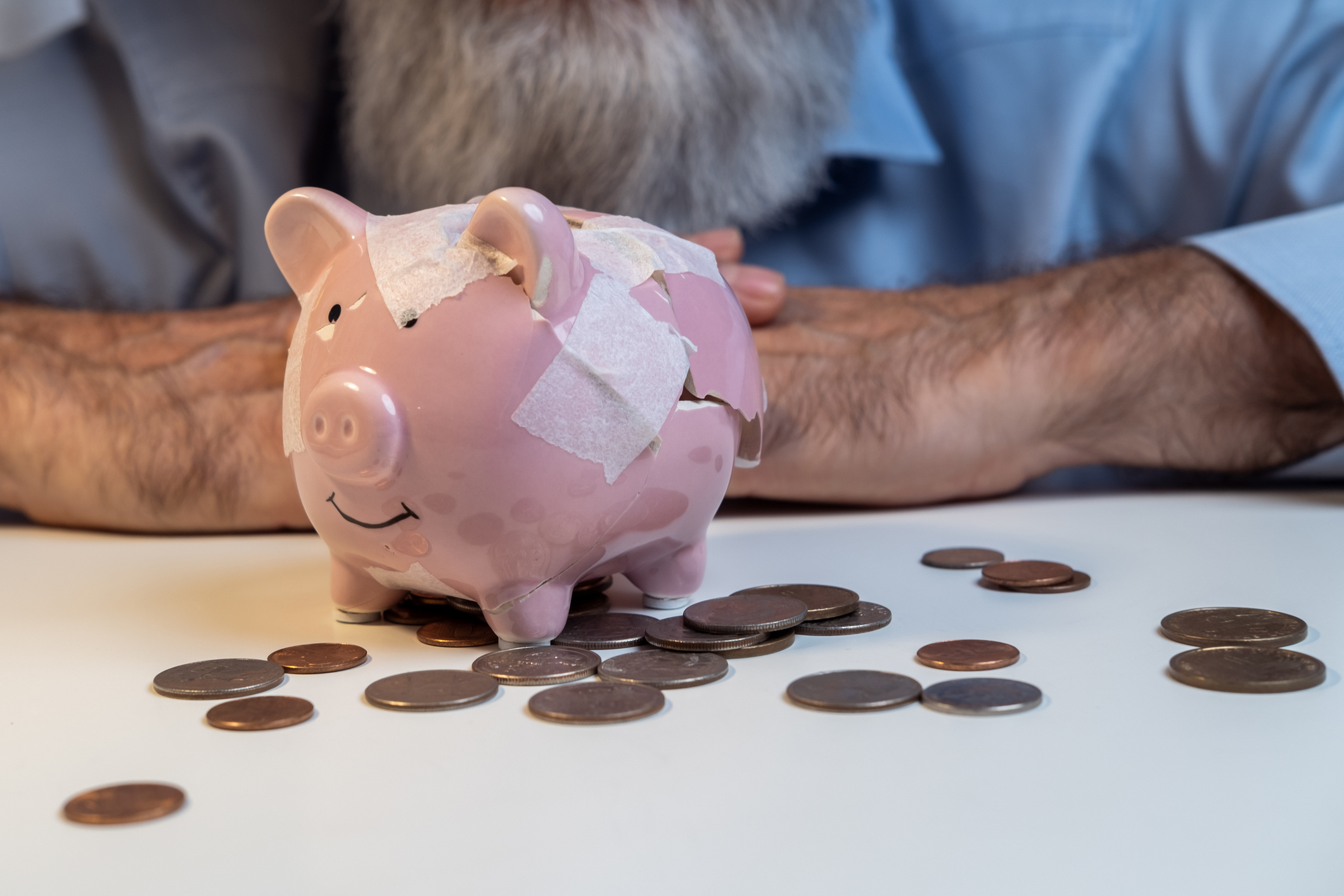CD vs. High-Yield Savings Account: Which is Better?
Deciding between a CD vs. high-yield savings account? Here's how to choose based on your savings goals.

Unsure whether a CD or high-yield savings account is right for you? Both accounts keep your savings safe while accruing interest, but apart from that, they have significant differences. Understanding the differences between the two accounts can help you decide which is appropriate for your particular savings goals. Keep the following aspects in mind when deciding whether a CD or a high-yield savings account is the right choice for you.
When to choose a CD
A certificate of deposit (CD) is a type of savings account that holds a set amount of money for a fixed period, ranging anywhere from 3 months to 5 years. Unlike high-yield savings accounts, you won’t be able to withdraw cash from a CD before its maturity date. Doing so will result in fees that can offset any interest earned (unless you have a no-penalty CD account).
Usually, CD rates are much higher than rates on traditional savings accounts, and in many cases, some of the best CD rates on the market feature an APY of over 4%. Another notable aspect of CDs is that interest rates are locked in when opening a CD account, meaning if rates go down (which they have been), your earnings won't be affected.
Not only should you compare interest rates before opening a CD, but you should also consider any early withdrawal penalties, fees and minimum balance requirements associated with the account, along with the amount of time you’re comfortable locking your cash away.
You can compare current CD rates by using our tool below, powered by Bankrate.
Because your money is locked away for a fixed time, CD accounts aren't good options for cash you may need quick access to, like money in an emergency fund. What CD accounts are good for is saving for a particular goal, such as a future purchase, like a new car, or an event, like a wedding.
For example, if you know you’re going to buy a car in three years, opening a three-year CD can help build your savings with minimal effort, thanks to compound interest, and also help you resist the temptation to spend your cash.
CDs offer a fixed, predictable rate of return on your savings. Our savings calculator tool can help you determine just how much you’ll earn in compound interest once your CD reaches maturity.
When to choose a high-yield savings account
A high-yield savings account functions in the same way as a traditional savings account, but with one main difference: high-yield savings accounts pay a higher than average APY on deposits. In fact, many of the best high-yield savings accounts offer well over 4%. However, unlike CDs, rates on high-yield savings accounts are not fixed, meaning they can fluctuate with the market.
Below, you can compare current rates for high-yield savings accounts, thanks to our tool in partnership with Bankrate. As with CDs, before opening a high-yield savings account, be sure to review any fees or balance requirements associated with the account.
There’s no term length with a high-yield savings account, as funds in the account are readily accessible. Unlike CDs, you won’t be charged a fee for withdrawing your cash. Because of this, high-yield savings accounts are better suited towards short-term savings goals or to save cash you may need to spend at some point in the near future, like an emergency fund.
Since you won’t be making a singular up-front payment when opening the account, like with a CD, these accounts are useful for individuals looking to gradually save by making regular deposits.
Bottom line on CD vs. high-yield savings accounts
With both CDs and high-yield savings accounts, your cash remains secure while also earning interest. High-yield savings accounts offer more flexibility when it comes to managing your cash. You won't have to wait until the maturity date on the account before withdrawing funds, and you can add to the account whenever you like, unlike with a CD.
However, the downside is that you can't lock in rates when opening a high-yield savings account. With a CD, the APY on the account stays the same from when it's opened until it matures. If rates go down, your earning potential won't be decreased, but it will, however, if your funds are in a high-yield savings account.
And while savings rates are still notably high, they won't remain that way for long. Saving rates initially began rising in March 2022, when the Federal Reserve started hiking interest rates in an attempt to combat high inflation.
But as inflation began to slow, the central bank paused its rate-hiking campaign, and savings rates began to creep downward. Rates fell recently after the Fed announced a quarter of a percentage point rate cut.
Related Content
Get Kiplinger Today newsletter — free
Profit and prosper with the best of Kiplinger's advice on investing, taxes, retirement, personal finance and much more. Delivered daily. Enter your email in the box and click Sign Me Up.

Erin pairs personal experience with research and is passionate about sharing personal finance advice with others. Previously, she was a freelancer focusing on the credit card side of finance, but has branched out since then to cover other aspects of personal finance. Erin is well-versed in traditional media with reporting, interviewing and research, as well as using graphic design and video and audio storytelling to share with her readers.
-
 Which Stocks Stayed Green as the Market Plummeted?
Which Stocks Stayed Green as the Market Plummeted?Only a handful of S&P 500 stocks managed to generate gains during the market's historic four-day plunge.
By Dan Burrows Published
-
 Which Stores Are Closing (and Which Aren’t) for Easter 2025?
Which Stores Are Closing (and Which Aren’t) for Easter 2025?Dozens of major retailers are planning to close their doors on April 20. Find out which of your go-to stores are on the list.
By Rachael Green Published
-
 Use This 1-Year CD if You’ll Owe Taxes Next Year
Use This 1-Year CD if You’ll Owe Taxes Next YearA one-year CD allows you to set money aside now for taxes you'll owe next year. We'll show our best choice.
By Sean Jackson Published
-
 What Happens If You Bet $1,100 on the NCAA Men’s Championship Instead of Saving It?
What Happens If You Bet $1,100 on the NCAA Men’s Championship Instead of Saving It?We ran the numbers — see how betting on the big game compares to putting your money in a CD.
By Dori Zinn Published
-
 Why I'd Put My Tax Refund in a Money Market Account
Why I'd Put My Tax Refund in a Money Market AccountA money market account offers you the benefits of having access to your money when you need it, while earning a rate outpacing inflation.
By Sean Jackson Published
-
 5 CDs to Put Your Tax Refund Into
5 CDs to Put Your Tax Refund IntoPlanning to get a tax refund this year? Treat your future self with a risk-free way to grow your money. Here are the 5 best CDs to consider.
By Sean Jackson Published
-
 10 Best High-Yield Savings Accounts to Grow Your Tax Refund
10 Best High-Yield Savings Accounts to Grow Your Tax RefundIf you're getting a tax refund this year and want to grow it, here are the best high-yield savings accounts to make it happen.
By Sean Jackson Published
-
 I Wouldn't Use These Types of CD Accounts Right Now
I Wouldn't Use These Types of CD Accounts Right NowThe good news is you can earn over 4% on many CDs. However, there are three types of CDs I wouldn’t currently recommend.
By Sean Jackson Last updated
-
 Is a Long-Term CD the Best Option for Saving?
Is a Long-Term CD the Best Option for Saving?CDs offer good rates and guaranteed returns. However, are they the best option for longer range savings goals?
By Sean Jackson Published
-
 Is a Joint Bank Account Romantic or Risky?
Is a Joint Bank Account Romantic or Risky?Considering a joint bank account with your partner? Discover the advantages and potential pitfalls to determine if it's the right choice for your relationship.
By Dori Zinn Published